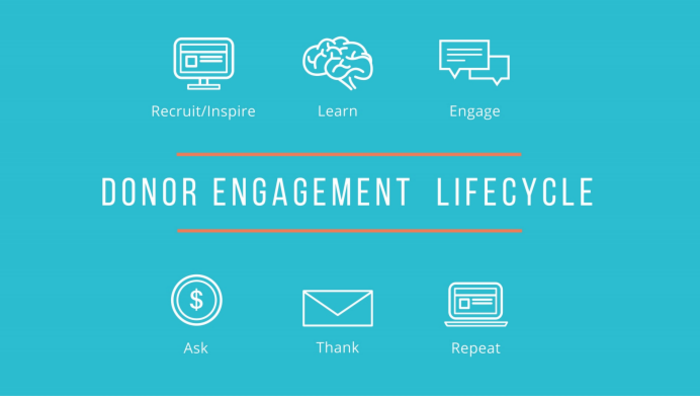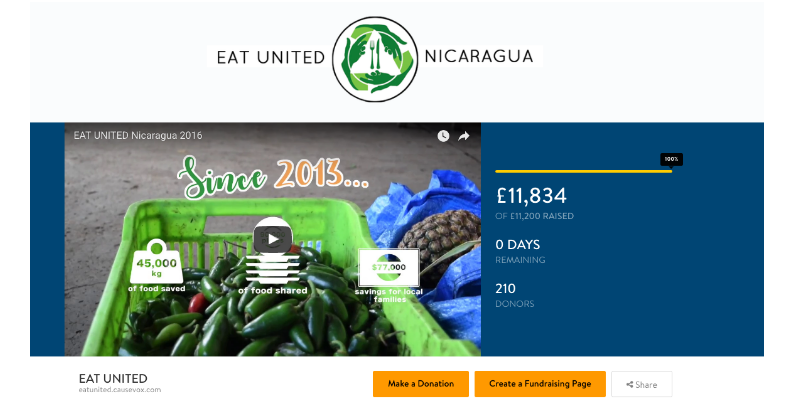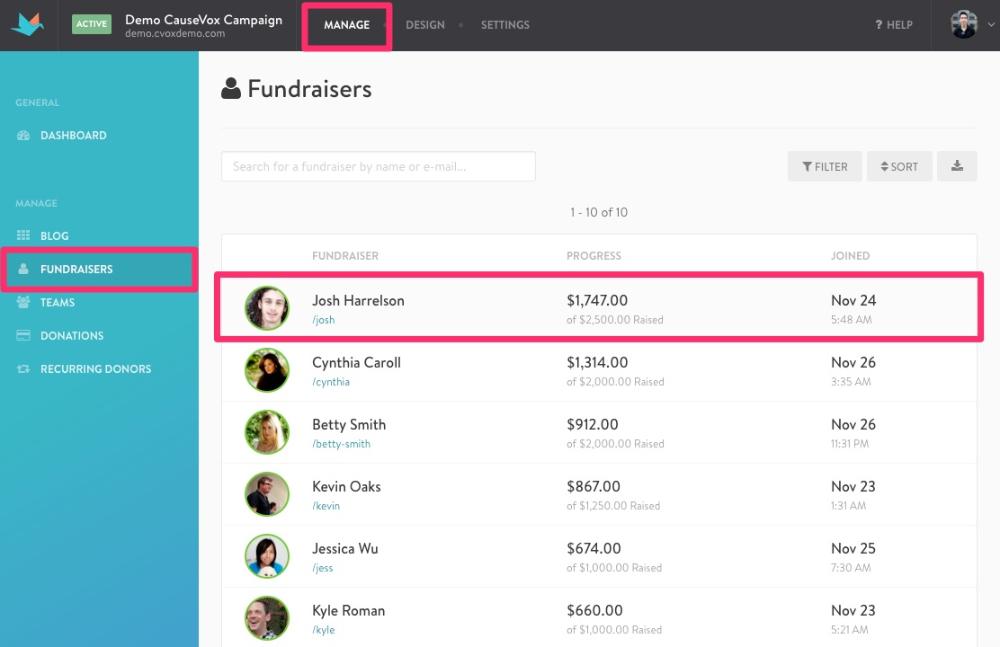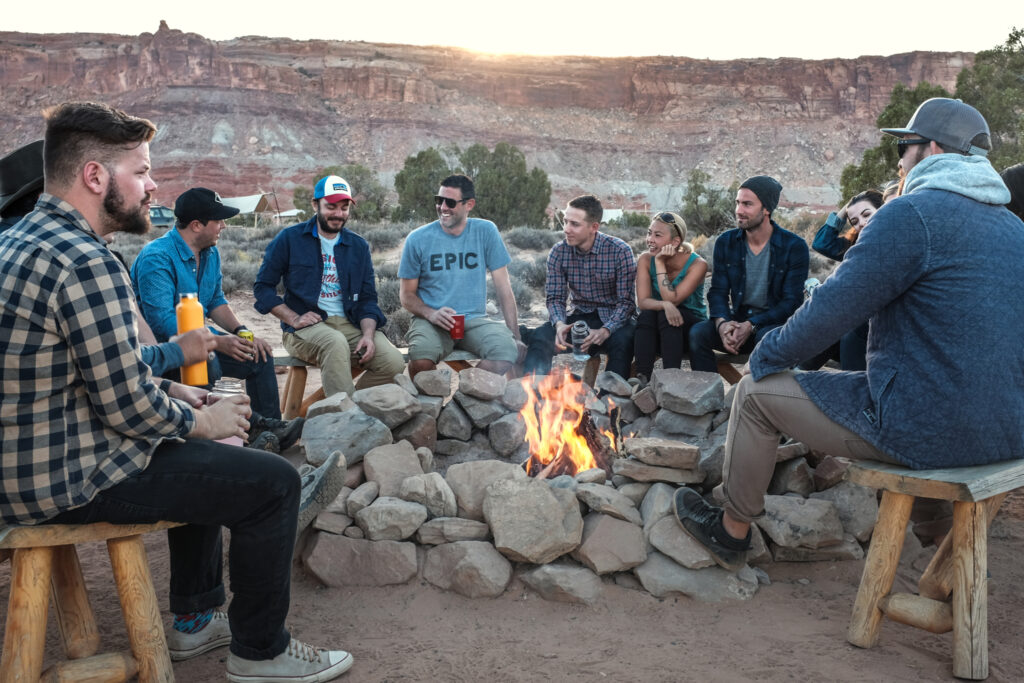As our online lives become interconnected with those of our friends, the products we use, and the causes we support, it’s important to stand out. One way to do this is by focusing on community-driven fundraising.
When you use community-driven fundraising, you’re leveraging the relationships you have with current donors to connect with a broader audience likely to support your cause. This “new” type of fundraising takes many forms. It can be as simple as asking your social media followers to share your latest post, or more complex by recruiting donors to fundraise for you.
Here at CauseVox, we believe that peer-to-peer fundraising, a form of community-driven fundraising, is the perfect way to engage your current supporters AND get in front of a group of new donors likely to be interested in giving.
Many of us in the nonprofit world have struggled with connecting to new donors online and convincing them to donate. But that’s because the methods we generally use aren’t as effective as we need.
We’ve found that peer-to-peer fundraising takes away some of the unknowns because all those NEW DONORS are recruited by their own friends and family. These referrals take away some of the stress new donors have when trying to find reputable, trustworthy, worthwhile causes to support.
Are you ready to get in front of new donors inclined to give to your cause? If so, follow these peer-to-peer fundraising best practices.
“Are you ready to get in front of new donors inclined to give to your cause?” tweet this
1. Treat Your Donors Like Royalty

Because peer-to-peer fundraising engages your most loyal, dedicated, motivated donors by getting them to fundraise for your organization, the first step in reaching new donors is to keep your current donors happy.
Of course, this is much easier said than done. You can try every donor retention and engagement trick in the book, but donor retention averages 46% across the board. In general, around 60% of donors giving a second or subsequent gift.
The good news is that once a first-time donor makes a second gift, they’re more likely to stick by your side down the road. Therefore, donor retention must remain one of your top priorities.
To keep donors engaged and excited about your cause (thus ensuring retention), follow the donor engagement cycle. When you put your annual fundraising calendar together, don’t forget to include activities that will help the relationship between you and your donor grow.

To prepare your donors to become personal fundraisers, focus on the following engagement activities:
- Connecting on social media and then getting donors to engage with your posts by liking, commenting, and sharing.
- Subscribing to your eNewsletter so they can learn about what’s happening aside from fundraising activity.
- Volunteering so they can see the need and put some “sweat equity” into their commitment to your cause.
In the end, you want your donors to not just give again, but WANT to actively participate in another capacity.
“You want your donors to not just give again, but WANT to actively participate in another capacity.” tweet this
2. Choose The Perfect Campaign & Theme

When the time comes to begin planning your peer-to-peer fundraiser, start by thinking about what you want the campaign to look like and HOW you want to engage your current donors to reach new donors.
Depending on your resources and your pool of personal fundraisers, consider these options:
- Traditional peer-to-peer fundraising: Ask personal fundraisers to set up their own fundraising webpages, set an overall goal, and encourage fundraisers to set their own, personal goals.
- Special day/event: Encourage participants to raise money for your cause when it coincides with a date such as a birthday, wedding, or graduation.
- Personal challenge: Fundraisers raise money in exchange for completing some sort of personal challenge. For example, they can grow a beard or run a marathon.
- Other activity: If your fundraisers are all located nearby and/or they’re up for a group challenge, then plan a 5k, fun run, or something of that nature.
Once you decide on the type of peer-to-peer fundraiser, get your creative juices flowing to create a relevant theme that people can relate back to your organization. For inspiration, check out Eat United Nicaragua’s peer-to-peer fundraising site.

A solid and memorable campaign and theme can do wonders in encouraging new donors to check out what you’re doing.
3. Recruit Motivated Personal Fundraisers

The folks you recruit to participate in the peer-to-peer fundraiser aren’t just helping to raise you money, they’re connecting you with their networks of friends and family.
While it’s easy to focus on the donors that you’ve been connected to the longest, or those that give major gifts, remember that these factors don’t necessarily correlate with motivating to participate as a personal fundraiser. In fact, it’s highly likely that some of your donors giving average (or even smaller) gifts may not have the financial capability to contribute what they’d like to, but they can give of their time.
Reach out to the following groups:
- Current supporters, including board members and current donors
- Social media followers
- Email subscribers
Let your supporters, followers, and subscribers know that you’re looking for participants to help elevate fundraising efforts to the next level.
Don’t get discouraged if you get a few “no ways!” The responsibility may be a bit overwhelming to some and you don’t want to make anyone uncomfortable. Thank uninterested donors for the consideration and remind them to check out the campaign and consider contributing when the time comes.
When all’s said and done, you’ll be left with a group of supporters eager to get started.
4. Provide Fundraisers With The Tools They Need To Succeed

Now that you have personal fundraisers recruited, the fun begins! Consider these enthusiastic volunteers as your gateway to a pool of prospective donors.
Since they will be the people with “boots on the ground”, you’ll want to prepare your personal fundraisers. Provide guidance in the form of a toolkit. Within this document, include everything you want your personal fundraiser to know.
We suggest including the following in the toolkit:
- Point of contact at your organization
- Campaign information, including overall goal, suggested personal goals, theme, sponsors, campaign strategy, etc.
- Your logo and any brand-specific requirements, including slogans, preferred fonts/colors, etc.
- Mission statement to include on the webpage
- Important statistics
- Storytelling prompts so that fundraisers can share their own story
- Graphics
- Links to your website, Facebook page, Instagram, etc.
- Shareable social media posts and email content
- Campaign hashtag (if applicable)
- Any additional tips, tricks, and FAQs
When your personal fundraisers have the right tools, they can better reach and encourage friends and family to get involved.
5. Mentor Fundraisers & Monitor Progress Throughout The Campaign

Once a day (or more if you have the time) take a look at the campaign progress. Note how close you are to the goal and then take a look at the progress of your personal fundraisers. If you’re using CauseVox to power your peer-to-peer fundraiser, then you can find this information by going to your “Dashboard” and selecting “Fundraisers” on the left-hand column.

Offer suggestions to fundraisers struggling to meet their goal. If you notice one or two fundraisers hitting the ball out of the park, ask them to share their strategies with others. The last thing you want is for your fundraisers to feel alone or not supported. A bit of mentorship will go a long way.
We’ve noticed that some of the most successful peer-to-peer fundraising campaigns have fundraisers that are passionate about their role in the process. In an ideal world, that excitement will trickle down to their friends and family.
6. Offer Motivation

As you can see, recruiting, enabling, and mentoring personal fundraisers are the easiest ways to reach new donors. But there are also things you can offer to “sweeten the deal.” If possible, offer an incentive or added motivation to chip in and reach the goal.
Here at CauseVox, we’ve seen it all, from gift matches to beard shaving and everything in between. Use or expand on any of these ideas:
- Donation match: Ask a major donor or local business to consider matching every donation. When a new donor sees their $100 gift is matched by 50%, it’s possible that this will seal the deal.
- Do something crazy: Whether it’s committing to running a marathon or dyeing their hair pink, encourage your donors to think outside the box to get their friends and family to act.
- Monthly giving: Instead of a large one-time gift, give new donors the option of giving monthly. It’ll make the initial investment a bit smaller, but also keep your donor giving throughout the year and *hopefully* beyond. As a bonus, recurring giving does wonders for donor retention!
Some new donors may be more inclined to give if they know their gift is being leveraged.
7. Be There To Answer Questions

Some prospective donors are going to have questions about your campaign, your organization, your mission, your strategies—you name it! Sure, you’ve prepped your personal fundraisers the best you could but there are some questions that can and should be answered by you!
Let your personal fundraisers know that it’s perfectly okay to relay your contact information to inquisitive prospects. Likewise, monitor your social media page and email accounts for questions.
New donors want to see that your organization is open, transparent, and customer service-oriented.
8. Close Out The Campaign With Retention In Mind

At the end of the campaign, the work is far from over. As always, your first priority should be to thank your donors. Aside from the automatic donation receipt that every donor receives once their gift is processed, ask your personal fundraisers to reach out to those who gave and thank them for contribution. Follow up with a thank you note, call, or email from your organization.
Then, start planning the next step. After all, you have a pool of new donors that you want to convert into retained, lifelong friends. Take a look at Step #1 of this guide and start the cycle all over again. Engage your donors through volunteer, networking, advocacy opportunities.
Educate them through informative social media posts and emails. Keep the information and activities flowing so that, over time, those donors will become more connected to your cause.
Peer-to-peer fundraising is one of the best ways to reach new donors. Are you ready to start your own peer-to-peer fundraising campaign? If so, schedule a one-on-one demo with us today.
“Peer-to-peer fundraising is one of the best ways to reach new donors.” tweet this
To learn more about peer-to-peer fundraising, or to dive deeper into the topics of donor retention and engagement, take a look at these resources:




